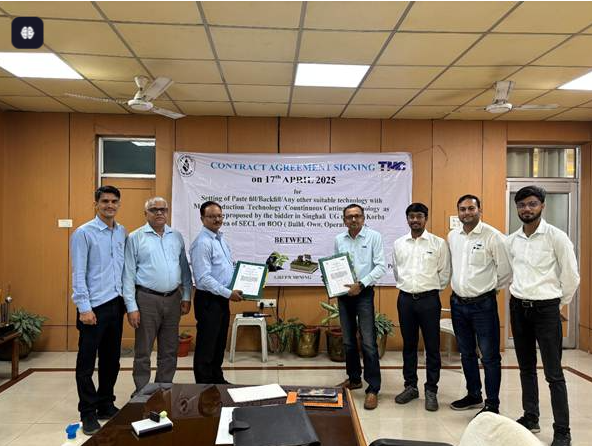
A bimetallic nickel-iron layered double hydroxide system is sufficient for efficient O2 production via water splitting , according to a new study, which underlines the need for current trends in research to find trimetallic solutions to enhance productivity in this system.
In an era where renewable energy sources are gaining paramount importance water splitting emerges as a ray of hope in the search for sustainable energy solutions. Water splitting can be considered as a sustainable and eco-friendly way to generate green and pure H2 and O2 on a large scale without harming the flora and fauna.
To explore ways to enhance the efficiency of water splitting, scientists at the Institute of Advanced Study in Science and Technology (IASST) under the Department of Science and Technology (DST) in Guwahati have assessed two important reactions – hydrogen evolution reaction (HER) and oxygen evolution reaction (OER).
The work led by Dr. Biswajit Chowdhury and lead author Mr. Suvankar Deka focused on understanding the oxygen evolution capability of nickel-iron layered double hydroxide. This is because improving the efficiency of OER contributes to the overall efficiency of water-splitting processes.
In addition to NiFe layered double hydroxide (LDH), they synthesized two other trimetallic systems ZnNiFe layered double hydroxide and CoNiFe LDH and investigated their electrocatalytic activity in 1M KOH. Surprisingly, the OER activity of the trimetallic system was found to be slower than that of the bimetallic system. The research provided mechanistic insights into the electrocatalytically low OER performance of trimetallic NiFe-based LDHs such as marigold.
Their research, accepted for publication in the Journal of Materials Chemistry A, showed that the reduced activity in the trimetallic system can be attributed to the breaking of the charge transfer chains of Ni-O-Fe-O-Zn and Ni-O-Fe-O-Co moieties (part of a molecule) as well as the blockage of phonons (quantum of vibrational energy) that trap charge carriers affecting the reaction pathway and kinetics, resulting in reduced water oxidation activity.
The study shows that doping of the bimetallic NiFe system does not improve its water splitting efficiency and may help in research focused on finding ways to improve bimetallic systems for oxygen production via overall splitting.
Publication link: https://doi.org/10.1039/D3TA07489G




